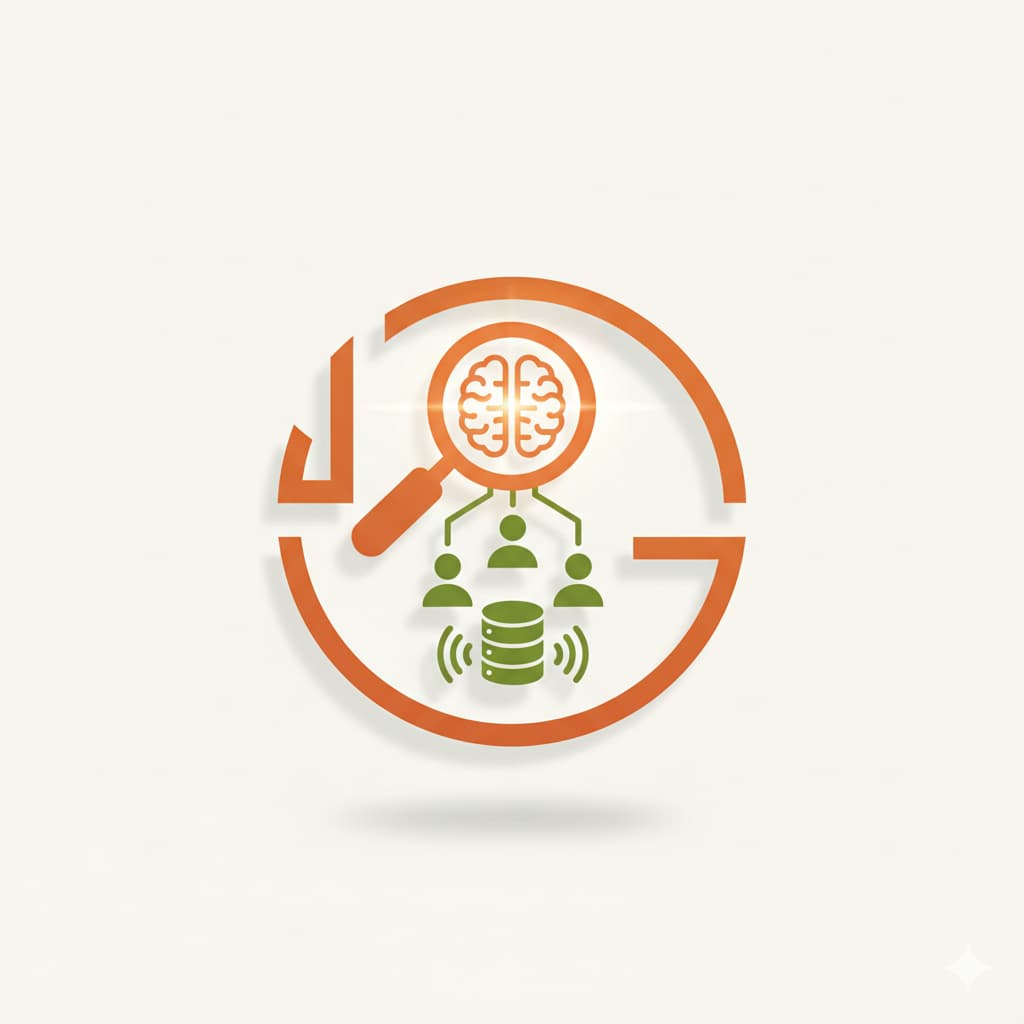The strong development of tools for HR forces recruiters to wonder what they should implement in their company. Our experience with the two types of tools allows us to identify, according to the client's needs, the most relevant solution to implement within companies. We have gathered in this article the main information to know about the difference between ATS and CRM Recruitment. You will then know which software is most suitable for your needs. This article also presents the price of these tools and a list of the best software and solutions on the market.
What is an ATS and what are its features?
Let's start by defining what an ATS or Applicant Tracking System is. The ATS is the historical software for recruiters that mainly manages incoming applications (Inbound Recruiting). The ATS will mainly allow you to:
- Manage and broadcast your job offers, in connection with your web career site
- Multi-distribute them on all platforms, job sites and job boards (LinkedIn, Indeed, Welcome to The Jungle)
- List on a platform all the candidates who have already been in the process in your company & track the information on all applicants (notes, resumes, CV...)
- Manage the candidate interview process with all the stakeholders of your company within a collaborative interface (Talent Acquisition / Recruitment Officer, Hiring Manager...)
- Analyse data on your recruitment (number of applications, number of candidates interviewed, duration of interview processes)
The limitations of the ATS for recruiters are as follows:
- Search features in the candidate pipeline are limited and not very precise
- The Applicant Tracking System does not cover the functionalities related to sourcing and candidate hunting externally, on social networks (no management of sourcing campaigns, no possibility of message sequences, or messaging automation... etc).
What is a Recruitment CRM?
The word CRM comes from the tool historically used by salespeople, Customer Relationship Management. This tool allows salespeople to manage their entire database of prospects and customers. Recently, a new type of CRM has emerged and is helping recruiters in their work.
A Recruitment CRM is a tool that positions itself on all the features related to headhunting. As opposed to Inbound Recruiting, we talk about Outbound Recruiting to designate all the processes related to the external hunting of potential candidates. The CRM is therefore a candidate relationship management tool.
A Recruitment CRM will thus allow you to:
- Imports lists of potential candidates on social networks, and mainly LinkedIn and its paid versions: Sales Navigator, LinkedIn Recruiter Lite, LinkedIn Recruiter Pro
- Research candidates, select the most relevant ones with advanced filters
- Define sequences of contact messages and automate them on different channels (Connection request, LinkedIn Messages, Inmail, Email...)
- Manage your candidate pipes in the same way as salespeople who list their potential customers in a CRM (open to work, passive, etc.)
- Work collaboratively with the other recruiters on your team
- Measure the performance of your sourcing and external hunting with KPIs (key performance indicators)
In summary, a recruitment CRM will allow you to recruit proactively by contacting profiles directly. It will help you to improve the engagement process with potential candidates and manage all the tasks related to sourcing.
The limitation of recruitment CRM is that it does not cover the dimension of incoming applications. It will not allow you to post job offers, for example.
ATS or Recruitment CRM, which one to prefer?
What to remember from this presentation of the two flagship recruitment software is that these two types of tool should not be opposed. The features complement each other and adapt to your needs.
Indeed, the ATS and the CRM can interface so that you can combine the two within your organisation. This means that candidates sourced with your Recruitment CRM will automatically integrate into your ATS. This will allow recruiters to have the right tools available to manage both Inbound and Outbound recruitment.
Generally, the ATS will be particularly relevant if:
- You plan to post many job offers on job boards
- You recruit and attract your talents mainly through applications, rather than external hunting
Recruitment CRM will be very useful if:
- The recruitment teams are accustomed to doing sourcing
- You are going to implement more and more sourcing
- You want to reduce the costs and annual expenses paid to recruitment agencies
- The positions and talents you recruit are very scarce and competitive
- You are looking for a collaborative tool to optimize the work of recruiters and hiring managers
If the both issues tackled by ATS and Recruitment CRM arise in your organization, you will need to consider implementing both tools to maximize the effectiveness of the recruitment teams.
Questions to ask before implementing an ATS or a Recruitment CRM
Here is a list of questions to ask yourself in order to determine whether it is better to implement an ATS or a Recruitment CRM in your company:
Questions to know if an ATS is necessary for your company:
- Do I mainly hire for my open positions thanks to incoming applications and responses to my advertisements?
- Do I have to manage many job offers?
- Do I distribute my job offers on many job boards?
- Is the volume of applications I receive high (>100 per week)?
- Is the number of actors involved in recruitments and the interview process high (>20 people involved)
If you answer a majority of yes, then you need to implement an ATS (Applicant Tracking System)
Questions to know if a Recruitment CRM is necessary for your company:
- Are several of you participating in sourcing in the team (Recruiters, hiring managers...)
- Do recruitment teams spend a lot of time sourcing? (1 day per week / FTE minimum)
- Do I recruit many profiles considered as scarce or rare? (Web or Software Developers, Data, Business Developer, Growth Marketing Manager...)
- The position I hire for are usually filled thanks to sourcing or head hunting
- Is a significant part of my recruitments carried out thanks to external hunting, whether it is carried out by external providers or internal teams? (>10% of recruitments)
- Do I want to reduce the expenses incurred in recruitment agencies?
If you answer a majority of yes, then you need to implement a Recruitment CRM (Customer Relationships Management) for your teams.
Bonus: If you are a recruitment agency or an independent freelance recruiter, the Recruitment CRM can serve you as a prospecting tool for your clients. Indeed, the Recruitment CRM can also be an effective tool to find a client and contact them. CRMs like Leonar are therefore an interesting solution for managing your search for clients and candidates.
If you are looking to implement a recruitment CRM in your company, you can check our analysis of the best recruitment CRM.
Why implement an ATS and CRM at the same time?
As seen previously, the two tools are complementary. The reasons that may lead to implementing both in your team are:
- You have strong recruitment challenges and you want to attract the best talent at all costs
- You want to give the best tools on the market to your recruiters
- You want to improve all your processes around recruitment
- You want to have fine data on your activity in Inbound and Outbound
Comparison of prices between ATS and Recruitment CRM solutions
The price of an ATS depends heavily on the software chosen and the size of your organization. The price can vary from a few thousand euros per year to more than fifty thousand euros for the largest companies. The offer of ATS software publishers is generally determined according to the number of users, the number of employees in the company and the volume of applications. The price of the ATS will therefore not be the same, whether you are an independent recruiter, an SME or a multinational.
The price and offer of a Recruitment CRM is usually defined with a price per license (per user). It costs between 100 and 300 euros per user depending on the tool chosen and the number of features selected.
What are the main ATS on the market? List of the main Applicant Tracking Systems
Many ATS solutions exist. Here is a list of the main and best ATS on the market:
- Recruitee
- Lever
- Greenhouse
- Teamtailor
- Wink
- Flatchr
- …
You want to know more about the ATS softwares ? Please find our dedicated blog post: Best ATS
You now have a better vision of the SaaS / Cloud tools that are ATS and CRM with this presentation. We hope this blog post will help you build strong processes.
If you want to read more about what a Recruitment CRM can do for you, check on the main features of Leonar


.svg)



